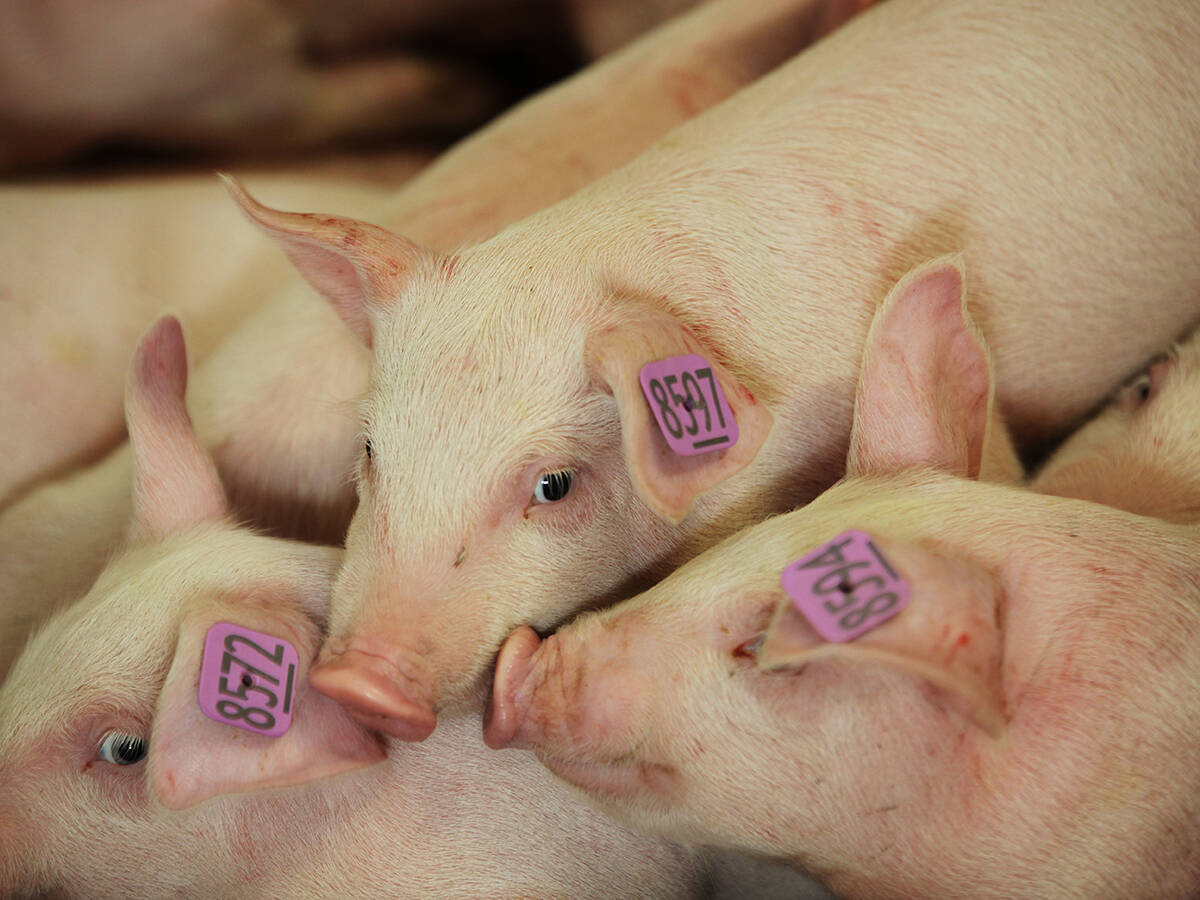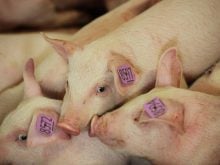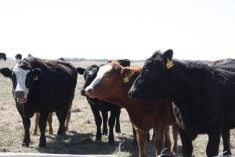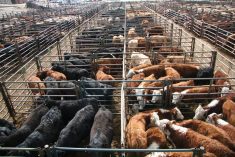Elk and deer producers remain in limbo after the United States announced it would start accepting boneless meat cuts from Canada.
Lamb, goat meat, deer, elk and bison meat exports were included in the Aug. 8 announcement, but Glenda Elkow, chair of the Alberta Elk Commission, says too many questions remain before exports resume.
“We don’t really know 100 percent for sure what it is going to take to move farm cervid meats across that border yet,” Elkow said.
The industry questions why it was included in the original ban on live animals and meat products since elk and deer are already subjected to heavy testing for a variety of diseases. The ban was prompted by the discovery of bovine spongiform encephalopathy in Alberta in May.
Read Also

The Western Producer Livestock Report – October 16, 2025
Western Producer Livestock Report for October 16, 2025. See U.S. & Canadian hog prices, Canadian bison & lamb market data and sales insights.
Elk and deer producers qualified for government compensation for slaughter animals, but there have been major delays in receiving application forms in Alberta.
Elkow said slaughter time is limited because of the backlog of cattle in the system, and producers are unsure how much or what kinds of cuts are allowed into the U.S.
The ban caused serious losses for cervid producers already under severe economic pressure. Their sales declined sharply after a similar brain condition, chronic wasting disease, was discovered three years ago in farmed and wild animals.
“This fall is going to be very difficult for producers if we don’t get something happening soon,” she said.
As well, Elkow questions why so much em-phasis was placed on including Canadian wild game in the export package.
Her industry believes farmed animals should receive priority over game because they are tested for a wide variety of diseases including CWD.
“The assumption is that the hunter group is a very large lobby group (in the U.S.),” she said.
The producer group has joined others in lobbying for changes to international rules governing all transmissible encephalopathies and market access.
“There has to be more common sense and quit the hysteria,” she said.
Boneless sheep and goat meat from animals younger than 12 months is included, but those industries prefer to see a resumption in live trade.
“It’s a positive sign, but it doesn’t mean a whole lot to our industry because it is common to have the bone in, like lamb chops or leg of lamb,” said Maureen Duffy of the Alberta Sheep and Wool Commission.

















